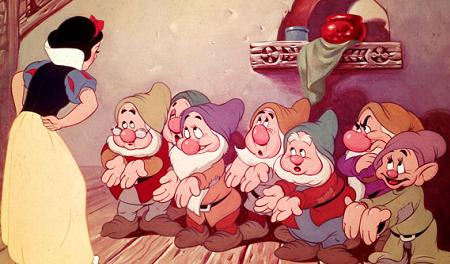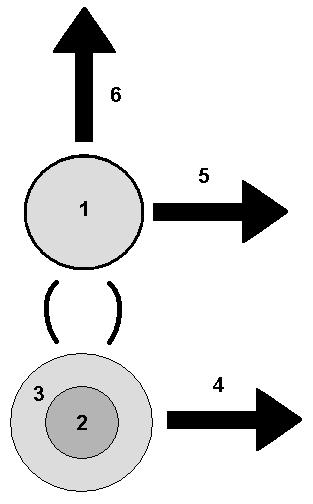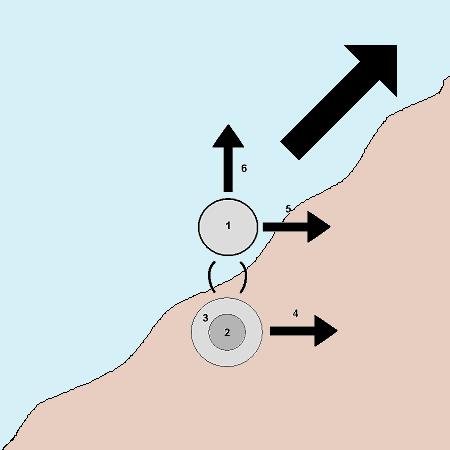We’re not quite done with the seven dwarves. There is still the question of how to decide which dwarves can reach the nine button and which can only reach the eight button (the digits need to alternate in the right pattern for things to average out properly), but we can come back to that another time.
This evening I went with a friend to see the revival of the farce Boeing Boeing (in a translation by Beverley Cross of Marc Camoletti’s french original) on Broadway. I mostly went to see Mark Rylance, who is quite possibly the finest english speaking actor of his generation. He is a legend in the U.K., but virtually unknown here. I had been fortunate enough to see a number of productions that he had directed and acted in when he was the Artistic Director of the Globe Theatre in London. The sheer range of this man’s acting talent is bewildering – from Shakespearean tragedy to modern farce, he holds the audience completely in the palm of his hand at all times. Imagine what it might be like to play pick-up basketball with Michael Jordan: He might play down near your level to keep it fun, but the immense coiled strength and skill is always there, waiting to be unleashed in an instant.
At the Globe I had especially liked Rylance’s conception of Twelfth Night, the one where Viola dresses like a man, impersonating her twin brother Sebastian (whom she believes is dead). Duke Orsino, having fallen in love with the Lady Olivia, hires this comely young “man” as a go-between, whereupon Lady Olivia falls for Viola (whom she thinks is Sebastian) and Viola falls for Orsino – which is also awkward, because the Duke thinks she’s a man. Then of course the real Sebastian turns up, and everything goes pear shaped (a wonderful British phrase taught to me by a young lady from London).
Rylance went back to the custom of Shakespeare’s day, whereby all the parts are played by men. Of course in the 21st Century this makes for quite a different impression. Rylance cast himself as the Lady Olivia. Imagine if you will a man playing a woman tormented by her love for what she thinks is a young man, but who is actually a woman, who is also played by a man. Meanwhile, this second young man playing a woman playing a man is in love with the Duke, a man who is in love with the first woman being played by a man.
Got that?
Well, it worked splendidly, and the audience was able to follow every moment of it, largely because Rylance directed and played the part of Olivia with absolute conviction. In lesser hands this conceit could have been a complete mess, but Rylance’s powerful direction and performance ended up bringing out the strengths of Shakespeare’s immortal comedy of errors.
In Boeing Boeing Rylance plays a man from Wisconsin, and he slips into a flawless midwestern accent – most audience members will assume he’s from somewhere near Madison. The entire farce is a delight, a complete success, and much of the comedy rests on Rylance’s uncanny ability to channel the extreme emotions of farce, from shy sobriety to hysteria to uncontrollable lust, either switching between one and the next at the instant, or, on occasion, managing to convey all three at once.
The evening was lovely, and the audience very happy. At the end Christine Baranski, who plays a french servant eerily like Edna ‘E’ Mode (the fierce if diminutive fashion designer created, directed and played by Brad Bird in The Incredibles), flung her cigarette out to the audience, and it landed in my lap. I shall treasure it always.



